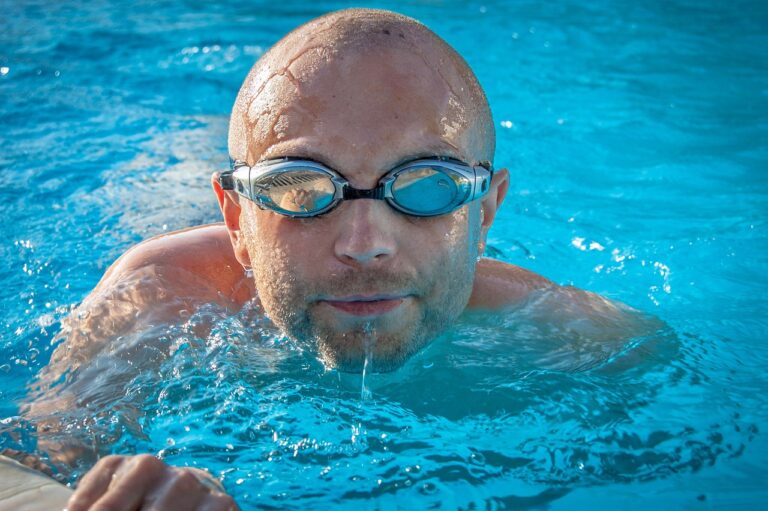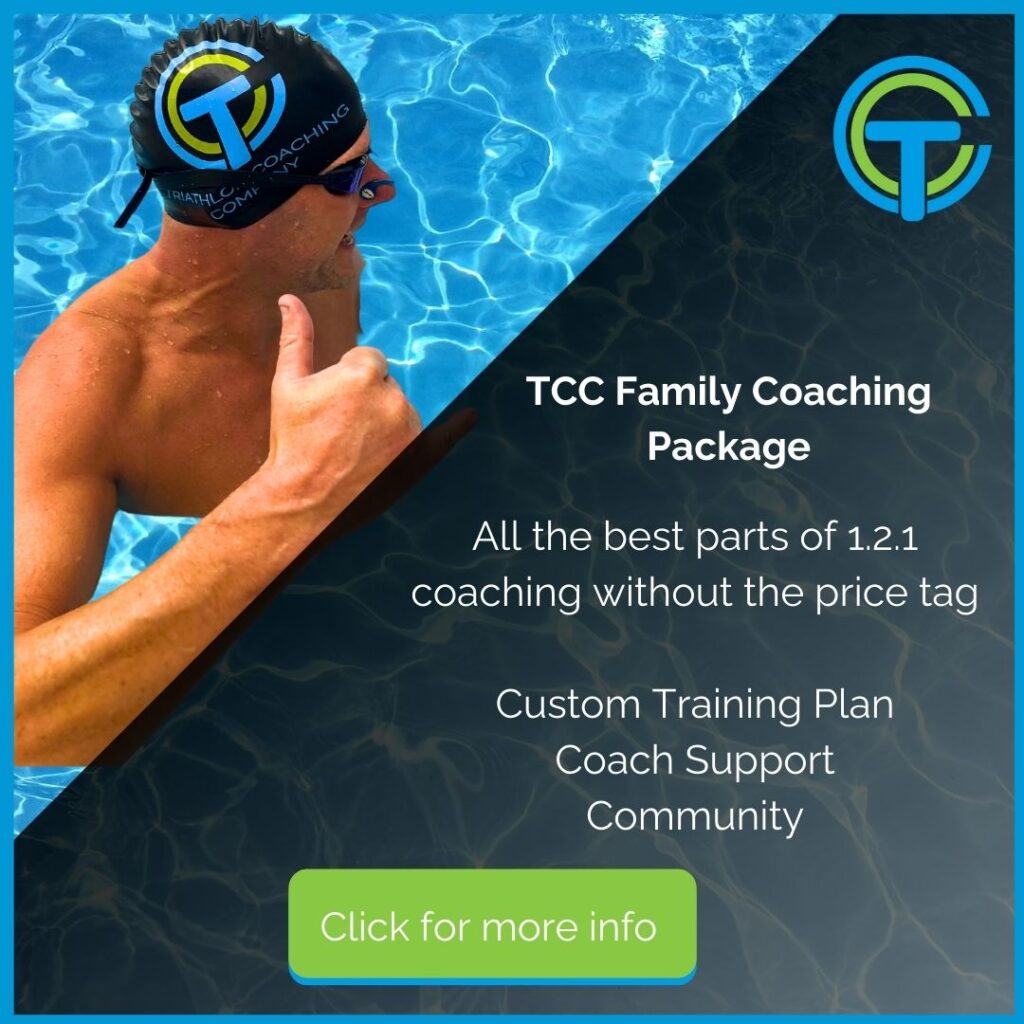In their quest to become better swimmers, most athletes have long sought ways to measure and enhance their efficiency in the water. SWOLF is a straightforward metric that’s steadily emerged as a go-to indicator for swimming prowess for just that. With a nod to golf, where less is more, SWOLF is a testament to the blend of speed and stroke economy.
Decoding SWOLF
Calculating SWOLF is straightforward. Add the number of strokes you take to swim one length of the pool to the time it took to cover that length. For instance, if it takes 30 seconds and 20 strokes to swim a 25-metre pool, your SWOLF score is 50. The lower the score, the better – indicating you cover more water with less effort.
No fitness watch, No problem. Count your strokes, use a stopwatch, and you’re all set. The true beauty of SWOLF lies in its simplicity and the actionable insights it provides.
Why Lower is Better
A lower SWOLF score signifies that you’re not just moving through the water but doing so efficiently. It’s the swimming equivalent of getting a hole-in-one on the golf course. Lower scores mean you’re maximising each stroke, propelling yourself further with each movement, and conserving that energy – essential when endurance is at stake.
Benchmarking with SWOLF
Regular SWOLF checks serve as benchmarks, guiding training regimens and highlighting improvements or areas needing attention. These benchmarks become your personal best to beat, a challenge that’s as motivating as rewarding.
The Interplay of Metrics
Pair SWOLF with other metrics like heart rate and the Rate of Perceived Exertion (RPE) to build a comprehensive picture of your development. Monitoring your heart rate provides a window into your cardiovascular effort, while RPE gauges the intensity of your workout from your perspective. Combined with SWOLF, they paint a holistic picture of your swim session.
Heart Rate: The Beat of Your Effort
Your heart rate, especially when measured in conjunction with SWOLF, can indicate how your body is coping with the demands of the workout. A lower heart rate at a given SWOLF score might suggest improved cardiovascular fitness or better technique efficiency.
RPE: Listening to Your Body
RPE is a subjective measure, yet it’s invaluable. It’s about checking in with yourself and rating the difficulty of your swim on a scale. This introspective metric helps align your perceived effort with objective data from SWOLF and heart rate monitoring.
The Limitations of SWOLF
While SWOLF is undeniably useful, no single metric can tell the whole story of a swimmer’s performance. It’s essential to approach SWOLF with a balanced perspective, understanding its limitations and strengths.
- Pool Length Variability – The pool length plays a critical role in SWOLF calculations. A score in a 25-metre pool is not directly comparable to one in a 50-metre pool. Swimmers must be mindful of this when tracking their progress or comparing scores; the same applies from metres to yards and vice versa.
- Ignoring Technique Nuances – SWOLF is a numerical representation, and numbers can’t capture the nuances of technique. While a lower score generally indicates efficiency, it doesn’t account for the quality of strokes. Overgilding or an over-kick might reduce your stroke count but not necessarily improve overall performance.
- Not a Standalone Measure – Using SWOLF in isolation can be misleading. For instance, a tired swimmer might have a good SWOLF score but at the expense of proper form, which could lead to long-term issues or injury. It must be considered alongside technique analysis to ensure healthy and sustainable performance improvements.
- Limited Insight into Energy Expenditure – SWOLF doesn’t directly measure energy expenditure. Two swimmers with the same SWOLF score could use different amounts of energy to achieve it. Factors like stroke efficiency, muscle recruitment, and physiological differences play a role here, which SWOLF alone cannot capture.
- The Risk of Overemphasis – There’s also a risk that swimmers might overemphasise, reducing their SWOLF score at the cost of other essential aspects of training, such as building strength or improving cardiovascular endurance. It’s critical to maintain a well-rounded training approach.
- Potential for Misinterpretation – For those new to SWOLF, there’s a potential for misinterpretation. Without proper guidance, a swimmer might strive for a lower score by reducing stroke count inappropriately, which could lead to a less efficient stroke overall.
The Complementary Nature of SWOLF
These limitations highlight the importance of using SWOLF as part of a suite of metrics. It’s most effective with heart rate monitoring, RPE, and regular technique analysis. This multi-faceted approach ensures a more comprehensive development strategy, allowing for a well-rounded and nuanced understanding of a swimmer’s performance.
Applying the Data
With these metrics at your fingertips, you can fine-tune your training. Perhaps you’ll focus on drills that reduce stroke count or endurance sessions that improve cardiovascular capacity, all while watching how these changes impact your SWOLF, heart rate, and RPE.
Conclusion
In summary, SWOLF is a valuable tool in a swimmer’s arsenal, but it should not be the only measure of success. By acknowledging its limitations and integrating it with other performance metrics and qualitative feedback, swimmers can use SWOLF to its fullest potential – as a guide rather than a definitive measure.
Incorporating SWOLF into your training can offer a wealth of insights into your swimming efficiency, but it’s not without limitations. By understanding and accounting for these, you can ensure that your training remains balanced and holistic. Embrace SWOLF, listen to your body, monitor your heart rate, and seek regular technique feedback. These combined measures give you a powerful toolkit for measuring progress and achieving your swimming goals!




